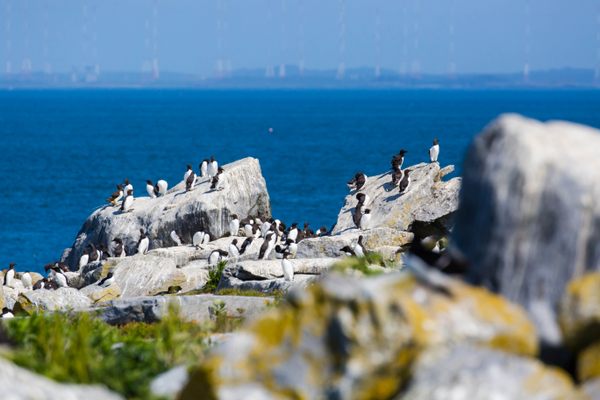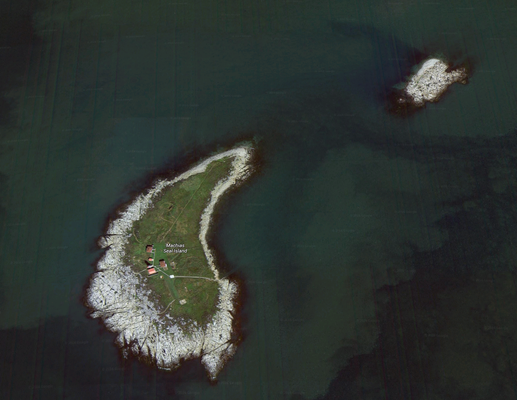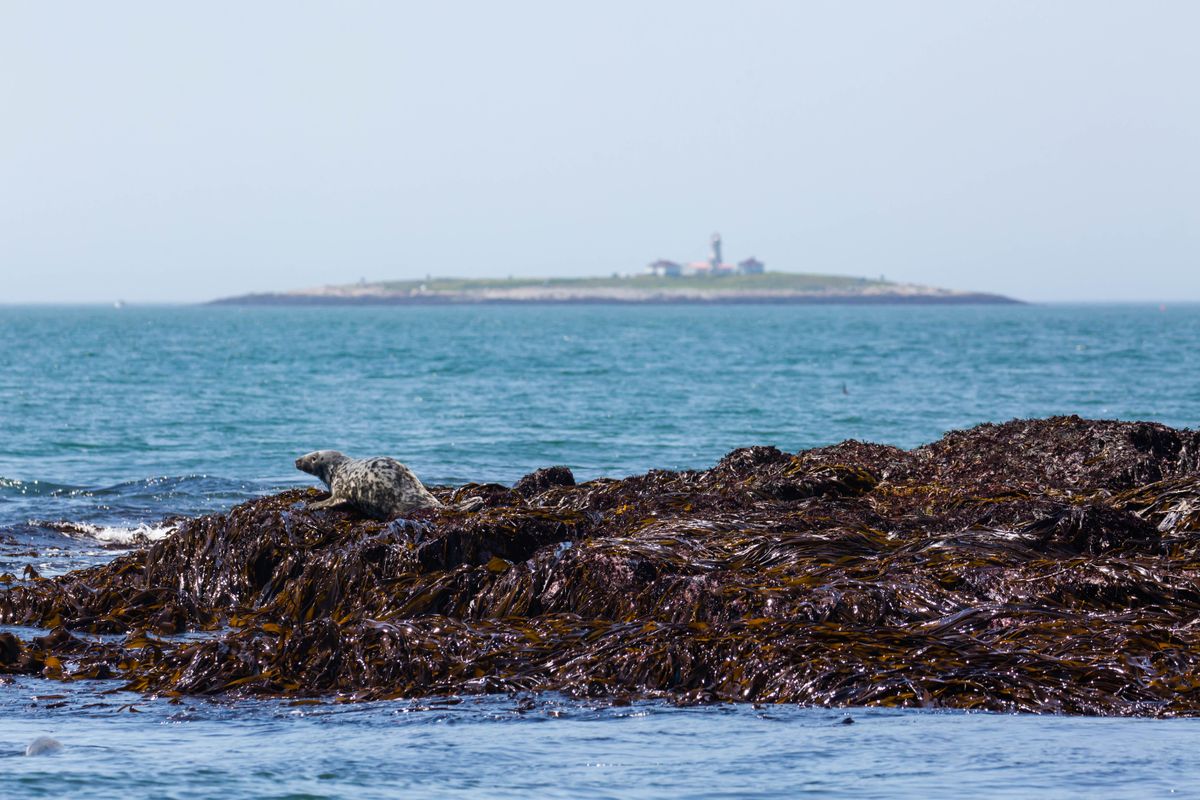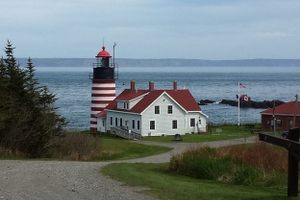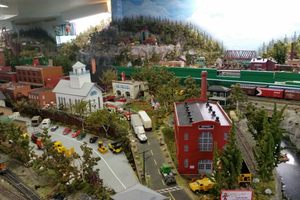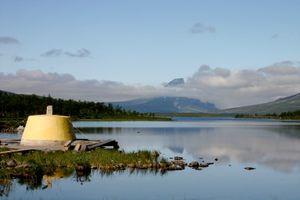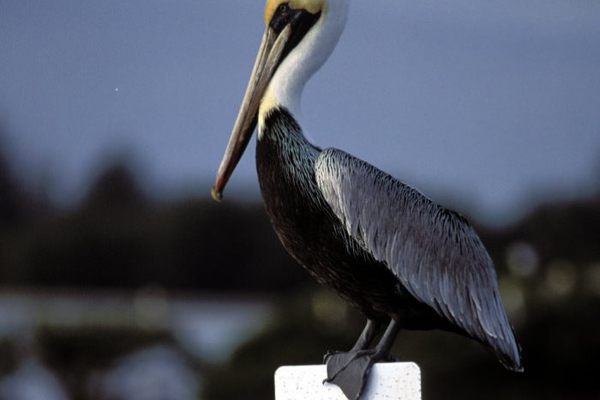About
Little known to most Americans and Canadians, the U.S. and Canada hold five border disputes to this day. While four of these disputes are over a water area (one of them due to differing interpretations of the French word "jusqu'à" in an 1825 treaty) there is just one piece of land claimed by both the neighboring nations, and neither country is in the mood to give it up.
At the size of just 18 acres, Machias Seal Island is an island three leagues off the coast of Maine and 3.5 leagues off the coast of New Brunswick's Grand Manan Island. It was likely inhabited by the Passamaquoddy Nation prior to European settlement, but was never paid any attention by colonial powers until after the American Revolution, when the Treaty of Paris was signed. According to Article Two of the treaty, the United States had rights to any territory less than 20 leagues off of its coast, so long as it was south of the mouth of the St, Croix River and north of coastal Florida. Machias Seal Island satisfied these conditions.
However, in response, the Canadians referenced a 1621 land grant from Sir William Alexander, founder of Nova Scotia, who claimed that any island within six leagues of Canadian coastline would be declared part of Canada. Machias Seal Island also satisfied these conditions.
So, from the late 1700s on, Machias Seal Island was claimed by two countries. While other islands also fell under this category, treaties have since settled the issues for all except Machias Seal Island (and the adjacent North Rock), which both countries resisted compromising on by refusing to commit to a 1979 International Court of Justice agreement.
Canada has been more assertive than the U.S. in occupying the land. In 1832, Canada took the first step in occupying the territory by building a lighthouse there, which houses a population of lighthouse keepers from the Canadian Coast Guard, who are installed to this day for "sovereignty purposes." Two guards operate in rotating four week shifts, both to protect Canada's claims and to protect the birds and natural life found in the ecological reserve that now covers the island. There are two houses, three auxiliary building, as well as the lighthouse on the island. it is mistakenly believed to be the only manned lighthouse in all of eastern Canada. There are over 20 staffed lighthouses in Eastern Canada. Supporting Canada's claim on the island is a principal reason for keeping the lightstation manned.
Meanwhile, the U.S. has taken a less active approach. While it did post personnel on the island temporarily in World War I (at Canada's request) it has made no permanent mark. In fact, it has sometimes inadvertently referred to Machias Seal Island as part of Canada. But it hasn't given up yet; it still has refused to "recognize" the lighthouse as even existing.
Both the United States and Canada use the waters around the island for its prime lobster fishing, and one company from each country offer boat trips out to the island to see the puffins living on it.
Related Tags
Know Before You Go
The boat ride to the island can take about an hour, across choppy Atlantic waters. Be aware that you'll have to disembark onto the island, so wear good shoes for a rocky, and potentially wet, shoreline. The island is a bird sanctuary, so keep a respectful distance from all wildlife on the island.
Access is restricted and visitors movements are rigidly controlled. Visitors are not allowed to roam about.
During the seabird breeding season, when tourists usually visit the island, there is a maximum of 30 visitors per day that can only land with a tour operator who holds a federal access permit.
Published
July 26, 2016

